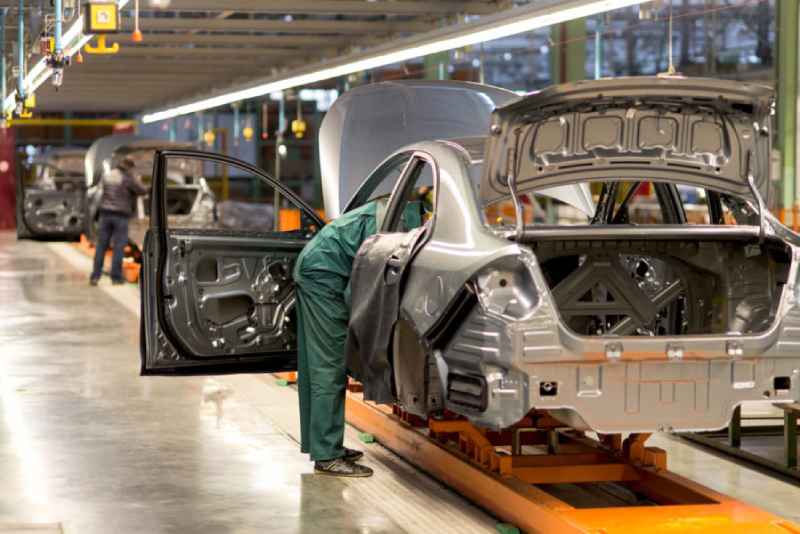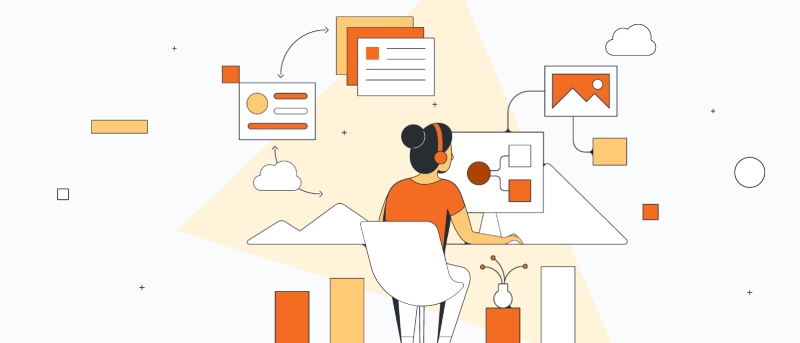The automotive industry is experiencing incredible advancements because of 3D printing technology, starting with the potential for quick prototyping, progressing through an increase in the manufacture of final auto parts, and culminating with the 3D manufacturing of practically all cars. This blog will discuss the value of 3D Printing in the automotive business.
The Importance of 3D printers in the Automotive Industry
The 3D printing technology has been well received by the car industry, which is increasingly utilizing its daily opportunities. With technology, innovative engineers and designers are putting audacious ideas into practice. Increasing the range of engineering benefits and improving manufacturing processes as a result.
3D Printed End-Use Parts
Quick prototyping was formerly the primary application of 3D printing technology in the automotive sector, but those days are long gone. According to a Smart Tech Publishing analysis of the automotive industry, 3D Printing is being used to produce final auto parts more and more frequently. The researchers predict that the 3D printing market in that specific industry will generate up to USD 9 billion in revenue by 2029.
High-performance Materials in Producing Cars
The Importance of 3D Printing in the automotive industry is one of the reasons why FFF is now the most well-liked and widely used 3D printing technology in the sector (Fused Filament Fabrication). It has the advantage of using a variety of materials with plastic-like characteristics. A 3D printer can be used to create the necessary components and details. It enables businesses to maintain production continuity, which is crucial today. Yet, separating yourself from other vendors and optimizing the manufacturing procedures.
Advantages of 3D printing for the automotive industry
Cost-Effective
Imitating minor parts is another benefit of 3D Printing in the automotive sector. In most cases, using additive manufacturing would be significantly more affordable than keeping a big inventory of parts. A simple CAD file will suffice in place of pricey and time-consuming manufacture.
Customization
Owners and manufacturers alike can create unique, custom vehicles, spares, and components thanks to the virtually endless customization options offered by Printing.
Short Production Time
Turnaround times for creating printed items can be significantly shortened throughout the entire production process. It requires less material consumption and waste, contributing to quicker production.
Innovative and Flexible
Manufacturers can test numerous alternatives and revisions during the various phases of development thanks to Printing. This suggests they can stay current with industry standards while having the flexibility to adjust.
Design Innovation
Complex, complicated designs that couldn’t have been made using conventional manufacturing techniques can now be made with 3D Printing. This possibility is beneficial when making functional parts specifically tailored to the customer.
Since reducing weight is an important goal for automotive Makers, lighter cars typically have better fuel economy. Printing with programmes like generative design and topology optimization can be helpful for design engineers. They can eliminate material from specific locations and produce parts with the ideal weight and performance.
Simplified Assembly
Another way that automotive OEMs can benefit from the significance of Printing in the automobile sector is through part consolidation since traditional manufacturing processes do not offer the same design flexibility as 3D Printing. A final component is frequently generate from multiple components.
This technique uses 3D Printing to speed up the assembly process by reducing the number of parts needed during assembly. Eliminating the need for many parts enables cutting back on both material consumption and assembly time or expenses.
Customization Of Automotive Parts
Since mass customization is becoming increasingly prevalent in production, automotive OEMs must constantly develop new ways to design cars specifically suited to their customers’ wants. Customized parts can now be produce using a flexible and affordable manner thanks to 3D Printing.
Companies already use the technology to produce individualized parts for a vehicle’s interior and external components in the luxury and motorsports market segments.
Automakers try to improve customer experience and strengthen their competitive edge by allowing customers to customize their vehicles.
Conclusion
Luxury vehicles are one segment of the automotive industry that has recognized the value of Printing for personalization. To produce parts, 3D Printing use in a market where short production runs are typical—quickly creating a customized product to meet specific consumer needs. Contact our sector experts immediately for additional details on how we can assist.
Also read: Programming
Also read: ROI in Digital Marketing



